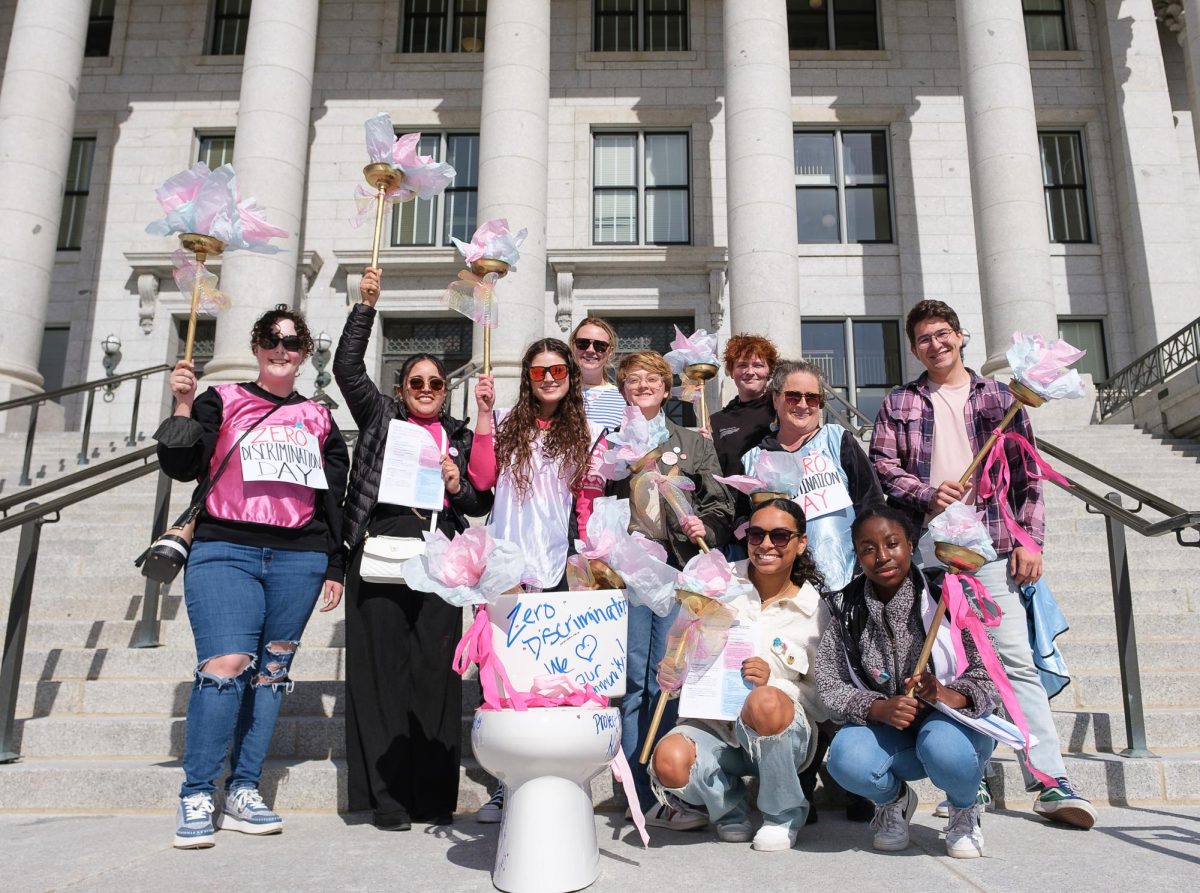In April of this year, the Chronicle reported a tuition hike. The article was reminiscent of content published in previous years — in the springs of 2016 and 2017, the paper reported a 3.9 percent increase in tuition. While this trend may have rung like deja-vu to students who are currently in their junior or senior years, it’s an indicator of a concerning pattern according to a recent audit.
The audit, conducted by the Office of the Legislative Auditor General and published on Oct. 15, denounced a lack of oversight from the Utah State Board of Regents on the university’s tuition hikes that have occurred through the last five years. The increases have amounted to a total of $131.7 million since 2013. Although the audit states that this increase may have been justifiable, their concern is that there isn’t enough evidence to show how.
Tuition increases are determined upon recommendations from the Office of the Commissioner of Higher Education (OCHE) to the board of Regents. One of the red flags that the audit posed regards the individual institutions’ proposed increases. While the Council of Presidents generally recommends tuition hikes to the OCHE, individual institutions may also present the OCHE staff with their own requests. It is with these requests that the audit takes issue due to a lack of independent analysis.
The audit recommends that the individual institutional requests “be subjected to random, independent analysis to ensure the analyses provided by institutions receive proper oversight.” As part of that recommendation, the audit calls for more transparency during the Council of President’s meetings by requiring that minutes be kept.
The audit drew attention to the Board of Regent’s lack of follow up when it comes to measurable goals for individual institutions. The findings indicated that the Board failed to properly assure that those goals are being met through the analysis of consistent metrics that would allow the Board of Regents to account for how the increases in tuition are actually being utilized by each institution.
In addition to the tier one increase in tuition, each institution is eligible to leverage a tier two increase. The function of tier two increase is to provide a 25 percent coverage for salary inflation — the state of Utah only covers 75 percent — as well as individual institution needs. The University of Utah’s tier two increase this year was 2.4, which surpassed the amount needed to make up for salary inflation not covered by the state. Tier two increases require a public hearing — this was held for the U’s tier two increase on Mar. 13 at the Marriott Library. During the hearing, Sandy Hughes, the U’s director of accounting and finance, stated that the additional increase would cover new institutional costs related to graduate student support, academic advising, internship coordinators and cultivation of interdisciplinary relations in research.
In a written response to the audit, the Board of Regents stated that despite Utah’s low tuition rates in comparison to nationwide averages, they are “very concerned about the rising costs of tuition.” The Board stated that they recognize they “still have work to do to ensure that we keep tuition affordable for our students long into the future.” In concurring with the audit recommendations the statement listed both methods for compliance as well as deadlines for implementations.
As part of the implementation of these methods, the U along with Utah’s seven other higher education institutes can expect to be subject to random testing on the use of tuition resources starting this summer.


















